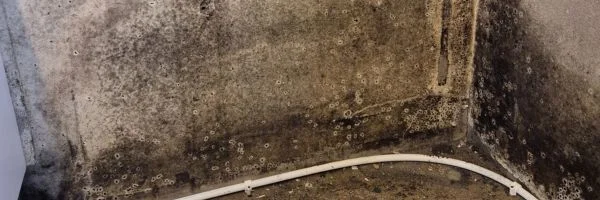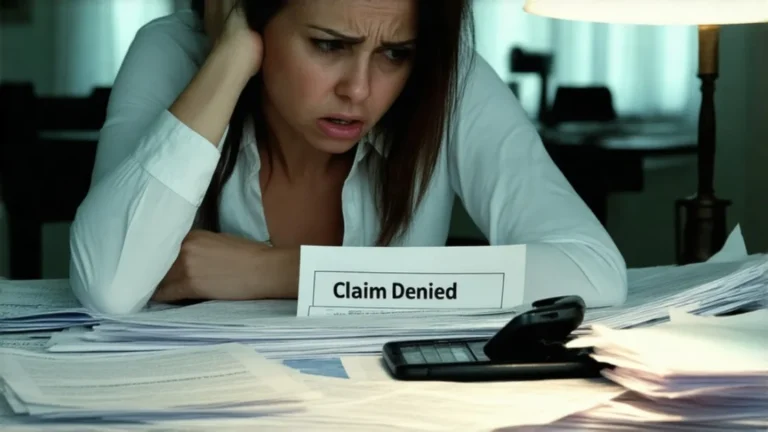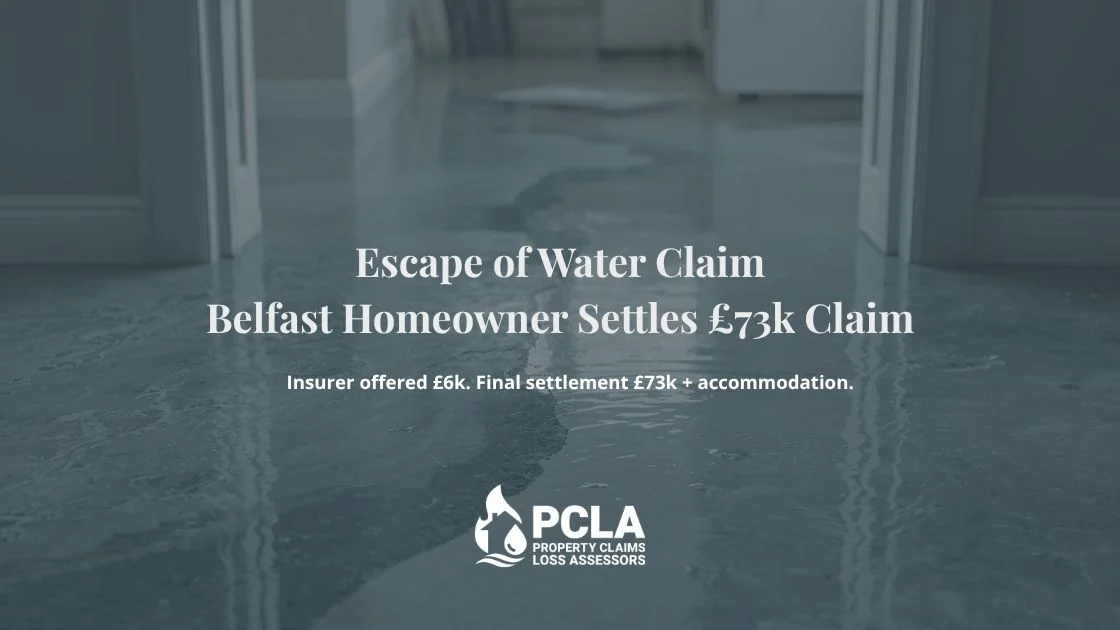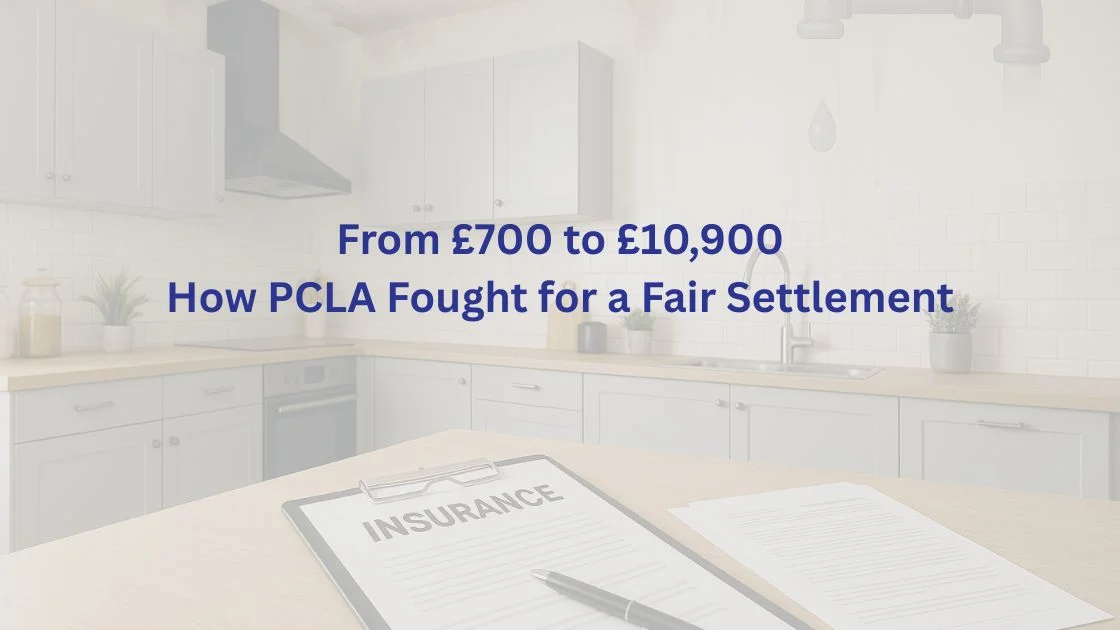When a pipe bursts, the initial water damage is often just the beginning of the financial and structural challenges homeowners face. Secondary water damage, such as mould growth and structural weakening, can significantly increase repair costs and complicate insurance claims.
Burst pipes are more than just an initial inconvenience. While the immediate damage—wet floors, soaked carpets, and dishevelled furniture—is visible and urgent, the true impact of water-related issues can go far beyond what meets the eye.
The real threat often lies in the secondary damage that follows. Mould, dry rot, structural decay, and even compromised electrical systems are consequences that may arise after a burst pipe incident. In Northern Ireland, as the seasons bring cold snaps and freezing temperatures, the risks of burst pipes increase, making it crucial to understand how insurance claims handle the aftermath.
At Property Claims Loss Assessors (PCLA), we see this kind of secondary damage far too often. Our role is to advocate for homeowners, ensuring their insurance claims cover the full extent of the damage, not just the obvious. This article takes a closer look at the hidden costs associated with burst pipes, explores the journey of managing insurance claims effectively, and highlights the importance of thorough, professional intervention.
We’ll share real examples from our case files, showing why recognising and claiming for secondary damage is essential for both the property’s integrity and the homeowner’s peace of mind.
The Immediate vs. Secondary Damage of Burst Pipes
When a pipe bursts, immediate damage is often obvious. Water pouring into a home can quickly soak floors, furniture, and walls. Many people assume this is the extent of the problem; however, the reality is that moisture has an insidious ability to infiltrate even the most seemingly inaccessible areas. Over time, this moisture can lead to secondary damage that is far more devastating.

What is Secondary Water Damage?
Secondary water damage refers to the complications that arise when water has time to settle, undetected or untreated. This can include:
- Mould Growth: Mould thrives in damp, dark environments. When water penetrates walls, floors, and ceilings, mould can develop, often in hidden spaces, within just a few days.
- Structural Deterioration: Wood and other building materials absorb water, weakening their structural integrity. In time, this can lead to dangerous deterioration, especially if dry rot sets in.
- Compromised Electrical Systems: Water can infiltrate electrical systems, leading to potential short circuits, fire risks, or equipment failure.
- Unpleasant Odours: Water damage can leave lingering smells, a sign of underlying mould or mildew growth that may be impacting air quality and resident health.
- Decreased Property Value: Properties with a history of unresolved water damage or mould growth often face depreciation, making proper remediation not only a necessity for safety but also for the preservation of property value.
The True Financial Impact of Secondary Water Damage
Insurance policies often cover water damage, but when it comes to secondary damage, the situation becomes more complex. The costs involved in addressing issues like dry rot, structural weakening, or mould infestation can be considerable. Unfortunately, if secondary damage is overlooked, homeowners may face significant out-of-pocket expenses down the line.
For example, in cases involving dry rot, remediation can cost thousands of pounds, especially if the affected area is extensive. Without specialist intervention, it’s easy for this kind of damage to remain hidden. Moreover, insurers may argue that secondary damage resulted from negligence if not promptly addressed, further complicating claims.
Health Risks Associated with Secondary Water Damage
The presence of mould and mildew due to prolonged moisture exposure can have serious health implications. Mould spores can become airborne, and prolonged exposure to these can lead to respiratory issues, allergic reactions, and even long-term health problems such as asthma. Vulnerable individuals, including children, the elderly, and those with pre-existing health conditions, are particularly at risk.
Addressing secondary damage promptly is not just a matter of property preservation, but also a crucial step in safeguarding the health of a home’s occupants.
Practical Advice for Homeowners
- Act Quickly: Time is critical. Homeowners should report a burst pipe as soon as it’s discovered, even if the visible damage seems minor.
- Engage Specialists: Bringing in professionals for an in-depth inspection can prevent larger problems from being overlooked. At PCLA, we offer this as part of our service to ensure clients’ homes are fully restored.
- Understand Your Policy: Many homeowners are unaware of the full details of their insurance policy, particularly when it comes to water damage and secondary issues. Understanding these terms can prevent disputes during the claims process.
- Document the Damage: Taking photos and making notes can be invaluable in the claims process, helping insurers visualise the extent of the issue.
- Preventative Measures: Taking steps to prevent burst pipes in the first place can save significant hassle and expense. Proper insulation of pipes, keeping the heating on during cold snaps, and regularly inspecting plumbing systems can all help mitigate the risk.
- If you suspect a leak: It’s best to act quickly, even if it’s just for peace of mind. Leak Detection is very accurate and not as disruptive as you might think.
The Role of Property Claims Loss Assessors in Northern Ireland
Burst pipes are, unfortunately, a common issue in Northern Ireland, where seasonal temperature changes can wreak havoc on plumbing. However, the process of filing a claim and ensuring the insurer covers all necessary repairs is far from straightforward.
That’s where we, at PCLA, step in. Our team of Building Surveyors and qualified Insurance Professionals brings over 30 years of experience to the table, advocating for clients and ensuring they receive what they’re entitled to under their insurance contract.
How PCLA Supports Homeowners
- Comprehensive Assessments: We don’t just look at the obvious damage. Our expertise allows us to identify hidden issues that a typical assessment might miss, ensuring no aspect of secondary damage goes overlooked.
- Claim Preparation and Documentation: Filing an insurance claim can be a complex task. We guide our clients through every step, making sure the paperwork is thorough and accurately reflects the damage, giving insurers a clear understanding of the required repairs.
- Liaising with Insurers: Many homeowners find themselves overwhelmed when dealing with insurers. Our team handles these communications on behalf of our clients, ensuring their case is professionally represented.
- Ensuring Full Entitlement: Our primary goal is to secure a fair settlement for our clients, one that covers all necessary repairs and remediation. This includes advocating for the additional costs involved in addressing secondary damage, which insurers might initially contest.
- Post-Remediation Support: Even after a claim is settled, issues can arise during the remediation process. PCLA stays involved to make sure all work is carried out to a high standard, protecting our clients from subpar repairs that could lead to future problems.
A Burst Pipe in East Belfast
In 2017, PCLA handled a significant case in East Belfast. The homeowner initially contacted us after discovering a leaking heating pipe hidden in a stud wall in one of their bedrooms. As is our standard practice, we carried out an in-depth survey of the property, along with a review of the relevant insurance policy. Initially, the homeowner believed that the damage was limited to the bedroom wall.
However, during our inspection, we discovered a more troubling issue: dry rot, a destructive fungus, had taken hold in the property due to the prolonged presence of moisture from the leak.
Left untreated, this could have continued to erode the home’s wooden structures. The necessary repair was extensive—beyond simply fixing the pipe and repainting walls. Our plan involved removing all affected timbers within a metre of the infestation, treating the remainder in the vicinity with a fungicidal solution, and injecting nearby walls with the same treatment. The result was a complete, thorough remediation plan that addressed the full scope of the damage.
Our expertise allowed us to communicate the severity of this secondary damage to the insurer, securing a settlement that covered the entire remediation process. This case highlights why secondary damage should never be ignored; by properly addressing it, we protected the homeowner’s investment and prevented future deterioration.
Coleraine Property with Hidden Mould
In another notable case in Coleraine, a homeowner faced extensive mould issues after a burst pipe in their attic. The initial inspection by the insurance company’s Loss Adjuster had overlooked the spread of mould behind the plasterboard. When PCLA was called in for a second opinion, we found that the mould had spread to several rooms, compromising the air quality throughout the house. Our intervention ensured that the entire affected area was stripped back, treated with anti-mould solutions, and properly dried before redecoration.
The insurer initially baulked at the increased scope, but we provided thorough documentation and expert testimony to ensure our client received the settlement they deserved.
Frozen Pipes in Derry
During the winter of 2010, freezing temperatures led to numerous burst pipe claims throughout Northern Ireland. In Derry, we were approached by a family whose home had suffered significant water damage due to a frozen pipe that burst in their loft.
Beyond the visible damage to ceilings and walls, we identified underlying issues with insulation that had exacerbated the problem. We successfully argued that the cost of upgrading the insulation should be part of the claim, as inadequate insulation had directly contributed to the severity of the damage. This approach not only repaired the immediate damage but also improved the property to prevent future incidents.
Learn more: Attic Water Damage: How A Small Drip Turned Into A Big Problem
Making Insurance Claims: Key Considerations for Northern Ireland Homeowners
In Northern Ireland, many property owners are unaware when it comes to secondary water damage. Awareness and proactivity are vital. When a claim is filed, the insurance process can be frustratingly slow. Without a clear understanding of policy terms or a dedicated claims advocate, homeowners may struggle to receive the full coverage necessary for adequate repairs.
Common Challenges in Burst Pipe Claims
- Underestimated Damage: Insurance adjusters may focus on visible damage, overlooking less obvious but equally severe issues like mould or rot. This can lead to claims that fail to cover the true extent of necessary repairs.
- Policy Exclusions: Some policies exclude secondary damage or contain clauses limiting liability for damage resulting from prolonged exposure to water. Our role involves identifying these limitations and working to secure fair settlements despite them.
- Policy Misinterpretation: Insurers may interpret policy language in a way that minimises their liability. At PCLA, we have the expertise to challenge these interpretations and secure a just outcome for our clients.
- Delays in Settlement: Insurance claims, particularly those involving complex secondary damage, can take time to resolve. Our experience allows us to anticipate potential delays and work proactively to expedite the process, ensuring our clients aren’t left waiting unnecessarily.
Protecting Your Home and Investment
The costs associated with burst pipes go beyond the initial repairs. In Northern Ireland, where cold weather can exacerbate plumbing issues, it’s essential for homeowners to understand the importance of comprehensive, timely remediation. Secondary damage, if ignored, can lead to further deterioration, increased costs, and even health risks.
As a dedicated team of loss assessors, we at PCLA strive to ensure our clients’ homes are restored fully, and their claims reflect the complete scope of the damage. Burst pipes are not merely a plumbing issue; they are a call for immediate action and thorough investigation to protect both property and peace of mind.
If you’ve experienced Bathroom Water Damage and want to make sure your insurance covers all necessary repairs, don’t hesitate to reach out. The true cost of burst pipes may be hidden, but with professional support, you can ensure it doesn’t go unclaimed.



